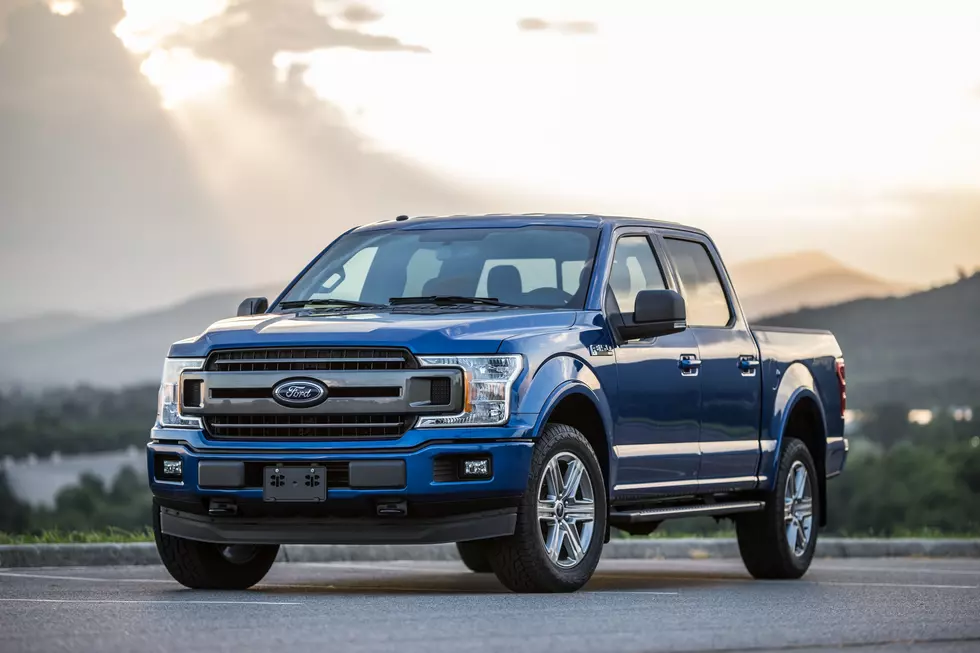
Every Montanan Should Own a Pickup
I've always favored fast cars. Unfortunately, fast cars are often worthless in Montana, so you need a winter driver. Mine has usually been a pickup.
First of all, let's get this part straight. It's a pickup. Trucks are eighteen-wheelers and haul cargo long distances and tend to be in convoys.
My first pickup was a 1971 GMC, 2 wheel drive. Not exactly what I was looking for, but the price was right. It had to sit outdoors in the wintertime. That was one cold-blooded, hard-to-start son of a gun.
But after a long winter that featured record snowfall, I decided to upgrade to a 1987 Ford F-150 with four-wheel drive. It got around great. When it started. It turned out to be even colder blooded.
Having a pickup is sort of an unspoken invitation to your friends to help them move, haul stuff to the dump, and call you anytime a pickup's services are required. I would loan mine out to friends but I had to explain that I would not be part of their moving or dump run adventures. If I got it back without the full tank of gas that you took it with, you lost your borrowing privileges.
Fast forward to now and I've got a new pickup. Of all of the bells and whistles on it, my singular favorite feature is the seat heaters. It may be thirty degrees below zero outside, but inside, my fanny is warm. Cold fannies lead to accidents, I recall reading somewhere.
To quote Joe Diffe, "I met all my wives in traffic jams. There's something women like about a pickup man."
LOOK: The most expensive weather and climate disasters in recent decades
More From 100.7 KXLB









